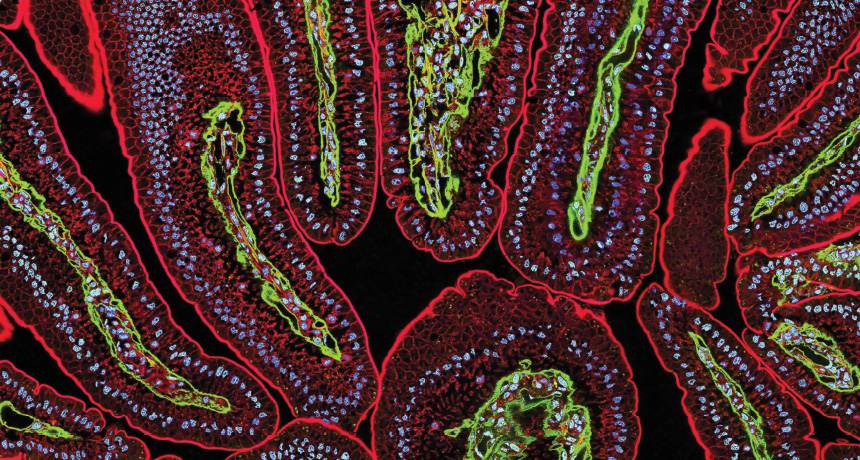Quantum dot (noun, “KWAHN-tum DAHT”)
Quantum dots are teeny tiny crystals. They’re often made of semiconductors — materials that partially conduct electricity. Each quantum dot is mere billionths of a meter across. And at such tiny scales, these specks’ properties are subject to the weird laws of quantum physics.
Normally, materials made of the same atoms or molecules have the same properties. But thanks to quantum physics, quantum dots made of the same stuff can have different properties. Those properties just depend on the size of the dots. For instance, quantum dots can glow when bathed in laser light. Smaller dots tend to glow blue. Bigger dots glow red.
Tweaking quantum dots’ size can affect the way they interact with light. It can also tailor dots’ electrical properties. Or their magnetism. Or their melting temperatures.
This has made quantum dots useful for a wide range of technologies. Quantum dots light up TV and computer screens. Scientists have attached them to molecules to map out cells and organs, or to drive chemical reactions. Quantum dots could be used to build better solar panels or encode data inside quantum computers.
In honor of all these important applications, the 2023 Nobel Prize in chemistry went to the creation of quantum dots.
In a sentence
Quantum dots could be used to drive chemical reactions that kill germs on hospital surfaces.
Check out the full list of Scientists Say.




